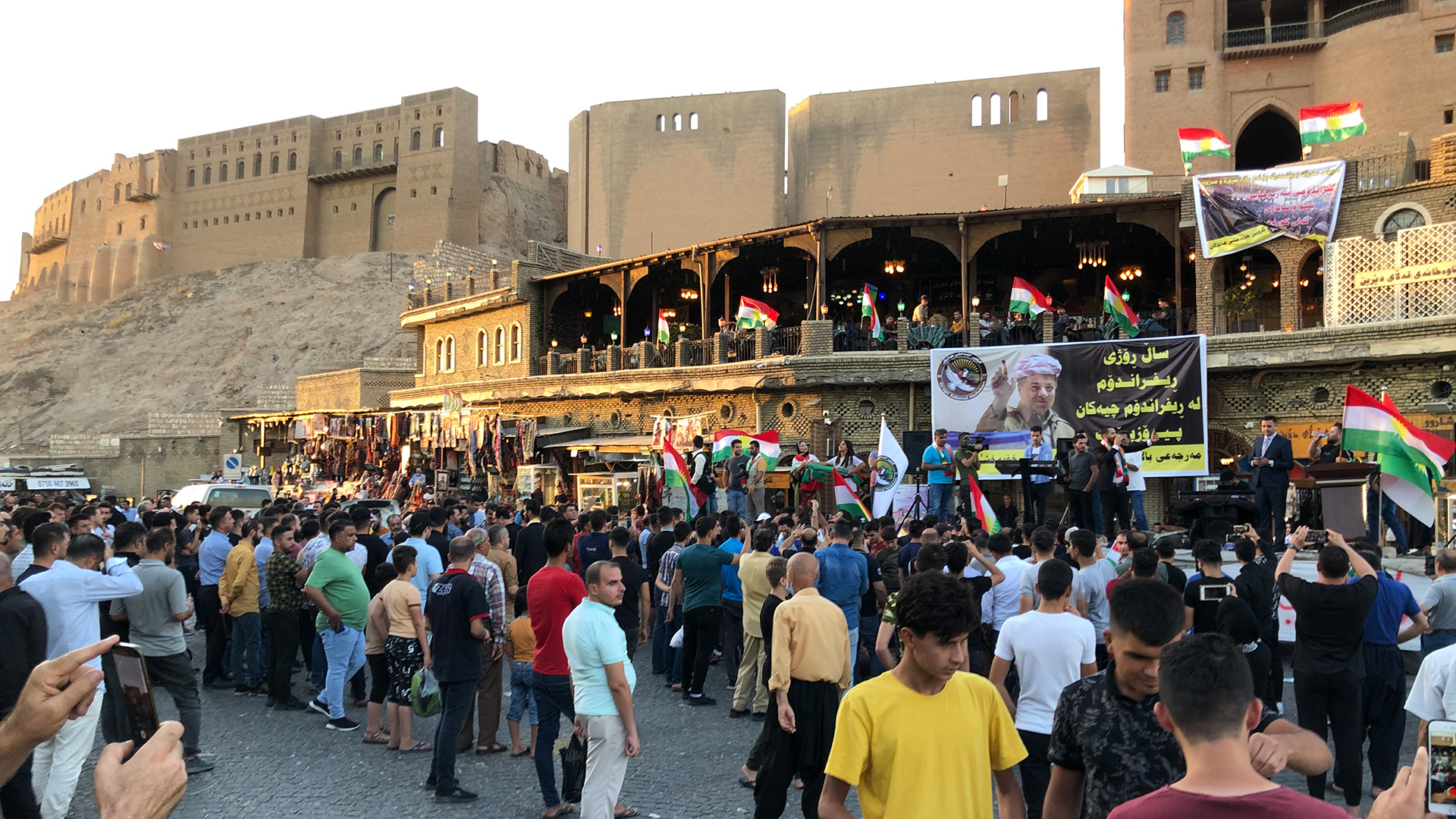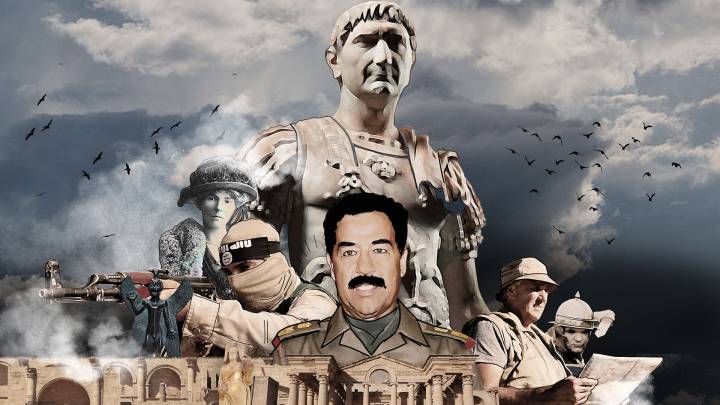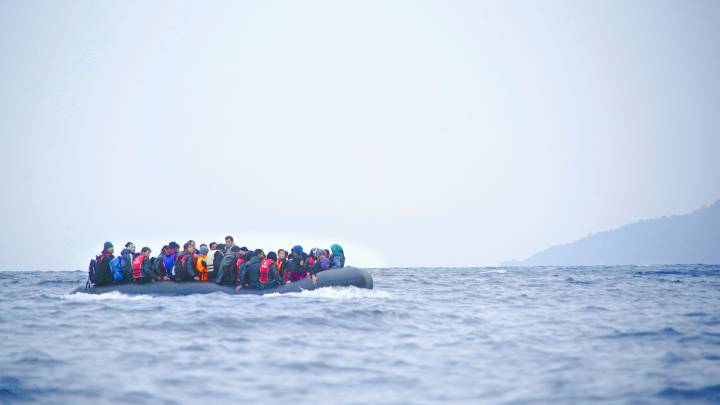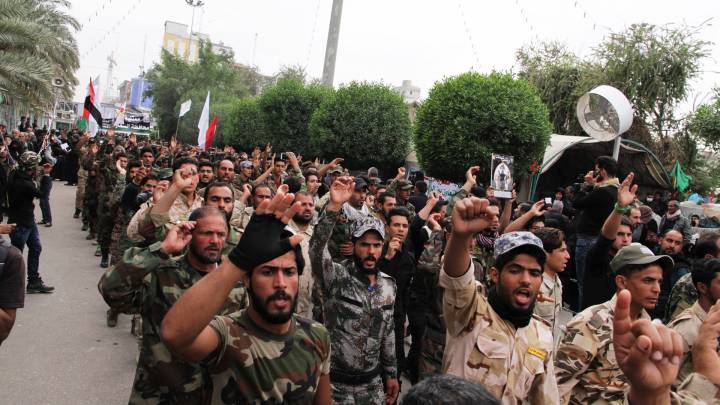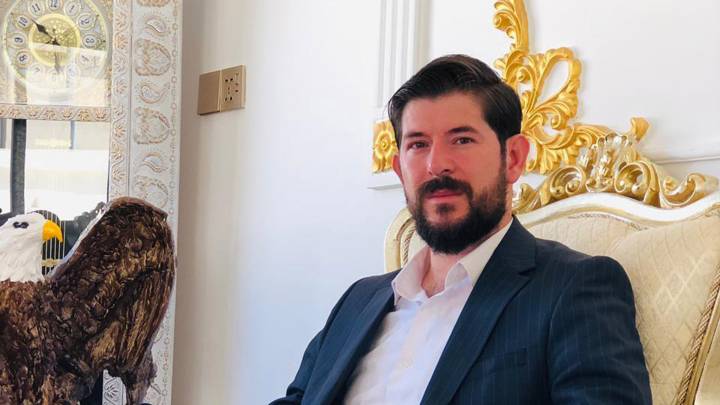The Kurdistan Region of Iraq (KRI) has often been lauded as the island of stability, security and prosperity in an otherwise troubled country. But why do so many people seek to leave, even at tremendous financial costs and risk to their lives?
Since this summer, many have picked the ‘Belarus’ route trying to cross chiefly to Poland. While it is hard to pin-point the precise number of migrants seeking to cross the Belarus-Polish border, a significant number of people come from Iraq and from the KRI. On November 11, the Kurdistan Regional Government (KRG) spokesman Jotyar Adil asserted there are around 8,000 people from the KRI at the border. A considerable number of those appear to come from rural rather than urban areas.
Despite early successes in getting illegally smuggled people through the border (which most likely only added to the hype that crossing through Belarus-Polish border as an easy way to Europe), most people remain stranded on the border as Poland notably increased its security presence to prevent illegal crossings. Migrants are apparently organized and encouraged by Belarusian state to cross the border in an attempt to get back at the EU for sanctions against the regime. Poland, while exercising tremendous restraint in curbing such attempts, is nevertheless highly unlikely to let anyone cross at this point and tensions seem to have slightly decreased. Iraq actually already organized first repatriation flight on November 18, landing in Erbil with 431 people on board.
The KRI has been facing widening and deepening range of issues that contributed to exacerbating push factors for migration. These include demographic pressures, economic problems, internal political issues, a waning freedom of expression as well as a tough geographic position in a troubled neighborhood where patterns of competition and conflict prevail.
The KRG has not presented any annual budget since 2014
The KRI’s demographic composition puts ever increasing constraints on its development as its economy and reform agenda fail to accommodate for the increasing number of youth, university educated professionals, high schools graduates and laborers alike. Over 54% of the KRI’s population is below 25 years old. Youth unemployment is high, with over 20% among those between 18 and 34 years old (and with the Covid pandemic’s negative impacts on the economy, it is likely even higher).
Even those who do find a job cite increasing frustration with low wages compared to growing prices for basic needs, as well as the lack of prospects for professional growth. The private sector employed only an estimated 12% of the active workforce in 2018 (other 21% are self-employed, 21% are day labourers and 2% are unpaid family workers). In turn, public sector employees account for almost half of the active workforce. In total, an astonishing 65% of households are dependent on the government for income, either as employees or pension beneficiaries.
Overall, the lack of job opportunities is exacerbated by the government’s inability to pay public sector employees in full or even at all for extended periods at times, sometimes for longer than a year. This has been an underlying practice since 2014, with the KRG citing various reasons including the war against the so-called Islamic State, the fluctuation of oil prices, an influx of IDPs and refugess and constant bickering with the Federal Government in Baghdad over the budget share in which both parties fail to uphold their periodic promises and agreements. PM Masrur Barzani claimed the KRG is 27bn USD in debt in May 2020.
The KRI’s stream of revenue is also extremely vulnerable, as 80% of its GDP comes from oil, only 10% from agriculture, 4% from tourism and 6% from services and industries. Furthermore, oil constitutes 90% of exports. Moreover, the KRI is plagued by endemic corruption and ineffective bureaucracy, with most of the capital and key sectors in the hands of ruling elites and their cronies. The lack of transparency is underlined by the fact that the KRG has not presented any annual budget since 2014, purposely obscuring precise income and expenses.
The January 2021 decision to introduce a value-added tax on certain services and establishments created public backslash
The government under the auspices of PM Masrur Barzani embarked on a series of economic reforms, such as a taxation overhaul or administrative changes to better extract revenues, yet these are hitting strong opposition among the elite and people who are affected by a further capitalization of the economy. The drive for economic overhaul, in part in line with recommendations proposed to the economically struggling KRI by the World Bank in 2016, appeared to have slowed down.
In any case, even if the elite had a genuine interest in systemic economic reforms, including clamping down on corruption, these can be implemented only gradually over extended periods of time. This is both due to the fact that they would be economically painful, inevitably leading to further limiting subsidies, and would also step on the toes of the elites’ sources of revenue.
For example, the KRG’s decision to ease obstacles for investments in 2020, in particular in real estate, for people from the rest of Iraq, was arguably a step forward in liberalizing the market and injecting new local capital. Yet it led to a spike in property prices, both for renting and buying. Similarly, the January 2021 decision to introduce a value-added tax on certain services and establishments created public backslash as people lamented why they should pay the government when it is not able to provide a satisfactory level of basic services, such as water, electricity, or healthcare.
Rising prices, income inequalities, lack of job opportunities and prospects for socioeconomic mobility are among the top arguments voiced by people who think about leaving. This reasoning is heard both within the KRI, while individuals lament their situation and bleak future and weigh their options, and among those choosing the Belarusian or other routes for illegal migration. This should not come as a surprise, as the 2020 National Adolescents and Youth Survey asserted that 30% of youth think about leaving the KRI to pursue their education and employment elsewhere.
Masoud Barzani and the late Jalal Talabani failed to fully reconcile and overcome the geographic division of power
Corruption and nepotism are also among the cited reasons for frustration, with young people often feeling shut out. “No wasta, no pasta” – sayings as these refer to the fact that without proper political connections, one’s starting position to rise socially and economically is severely restricted compared to those who possess ‘wasta’. Internally, the KRI is divided into two clear-cut areas of influence. In the western part, it is dominated by the Kurdistan Democratic Party (KDP) under the rule of the Barzani family, while in the east, the Patriotic Union of Kurdistan (PUK) and the Talabani family hold sway. The two parties were engaged in bloody civil war from 1994 to 1997.
Even in the aftermath, both parties led their own separate administrations that officially came together after 2005, forming the KRG. Yet, the older generation of Kurdish leaders, Masoud Barzani and the late Jalal Talabani, failed to fully reconcile and overcome the geographic division of powers. With the new generation of leaders both in ‘Yellow,’ KDP-dominated and the ‘Green,’ PUK-dominated zones, it appears that both areas are actually further drifting apart due to continuous bickering between KDP and PUK. While the Kurd-on-Kurd fighting, or ‘birakuji’, between the KDP and the PUK is nowadays unlikely to flare up, tensions remain high.
Despite the existence of the Region’s government, in which both KDP and PUK participate, in reality each party ‘runs the show’ in their respective areas. Both parties maintain their own armed Peshmerga forces and even internal security apparatus, their special forces remain largely under the control of the KDP and the PUK, rather than being genuine forces of the KRG. While this modus vivendi is certainly not the immediate nor the main reason for migration, people often voice frustration over such a state of affairs, although most people hold on to their party allegiances and rather distrust the other side. Nevertheless, many believe that the dominating position of the two parties is one of the major factors deepening the lack of transparency, nepotism and corruption and diminishing faith in democratic processes.
There has also been a worrisome clamping down on the freedom of expression in the KRI since March 2020, in particular but not exclusively in Erbil and Dohuk. Back then, anti-government protests that were violently repressed, lamented corruption, lack of public services and unpaid salaries in the public sector. Amnesty International reported that only between March 2020 and April 2021, over 100 people, including journalists, activists and protest organizers, were arbitrarily arrested. While most were released, others remained in detention for prolonged periods of time and some were sentenced on various questionable charges, including spying, social media activity defaming public authorities or endangering national security. Moreover, media outlets are also frequently closed down temporarily.
Turkey dramatically increased its incursions and started building permanent military outposts in the northern mountainous areas of the KRI
Finally, the KRI finds itself between rock and a hard place due to regional tensions and power plays in which both the KDP and the PUK have to carefully balance their position. Most notably, it is caught up in the US-Iranian competition in Iraq. The KRG enjoys traditionally cordial relationship with the US which guaranteed the very inception of the KRI. In turn, Iran and pro-Iranian actors in Iraq scramble to oust or at least severely limit the US foothold in the country. Closely observing the embarrassing US withdrawal from Afghanistan, fears that Washington may do the same in Iraq have been riding high in the KRI.
In the past three years, Turkey also dramatically increased its incursions and started building permanent military outposts in the northern mountainous areas of the KRI in attempt to curb the Kurdistan Workers’ Party (PKK) insurgency. The PKK maintains bases in the KRI, including its main safe haven in the Qandil area in the northeast of the Region, from where it coordinates logistics and launches operations on Turkish soil. Civilians are frequently caught up in the middle, with more and more villages emptying due to the increased conflict.
Ankara exerts pressure on the KRG, in particular on the KDP with which it enjoys a good relationship, to assist it in the counterinsurgency efforts. Consequently, while the relationship between the KDP and the PKK has long been severely constrained, it has been souring bitterly recently. Safeen Dizayee, the head of the KRG’s Foreign Relations, claimed that one of the main reasons for the recent migration wave was in fact the PKK, due to its conflict with Turkey inside the KRI. While this may be true for some individuals who were affected by the fighting, it does not explain the migration wave. It is rather an attempt to shift the blame.
Overall, frustration and lack of hope are exacerbated by a complex combination of negative conditions, presenting a strong set of push factors for migration from the KRI. It appears that the economic downturn and the lack of prospects for socioeconomic mobility are the most significant drivers of migration. Yet, the staggering political reality, lack of transparency and faith in the political system, coinciding with a clampdown on the freedom of expression should not be underestimated. These may be even more pressing for young, educated people that are well off economically.
Tomáš Kaválek is the Director of the Prague Centre of Middle East Relations (PCMR) of the CEVRO Institute in Prague.
